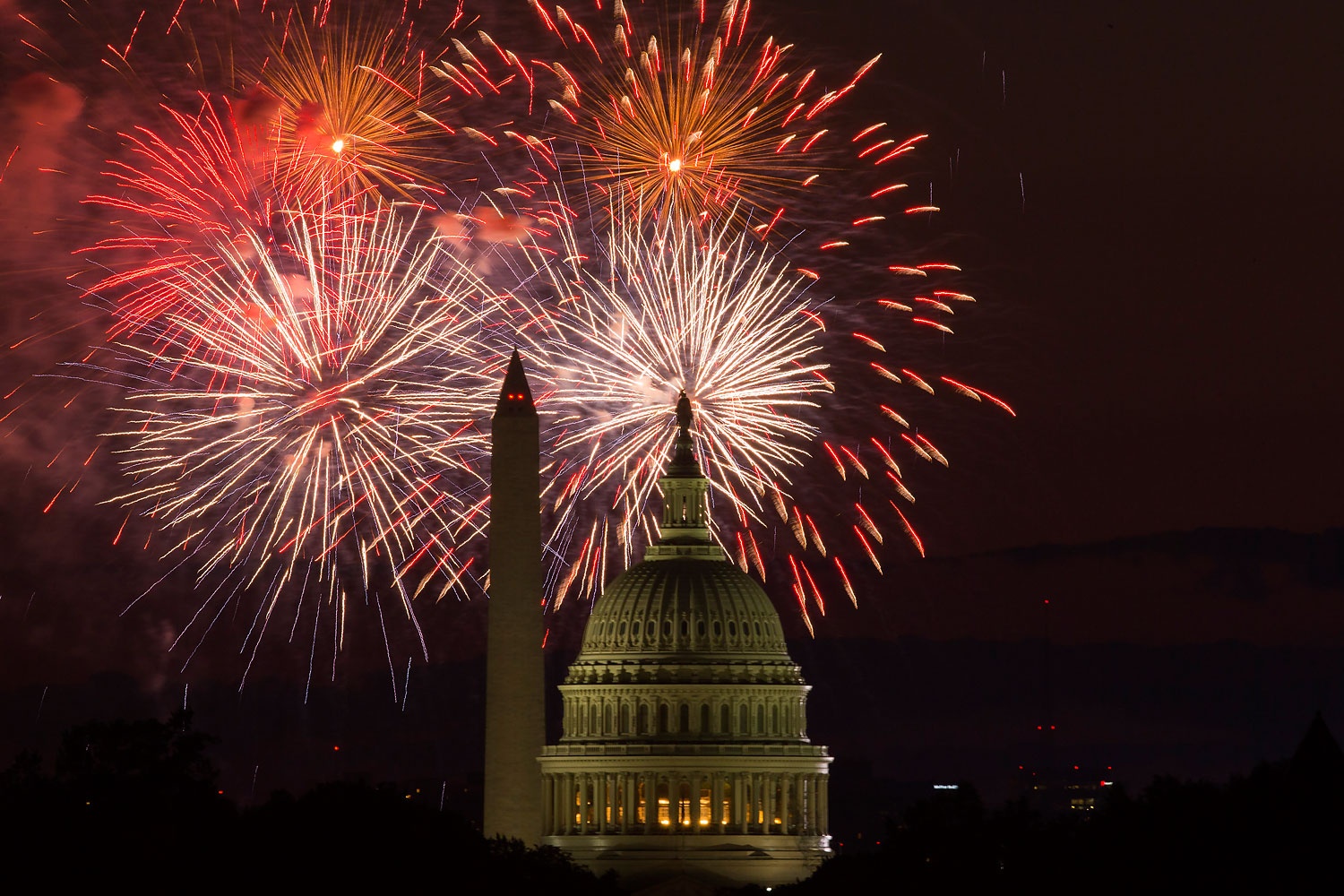
Although Americans have long celebrated Independence Day on July 4, technically that is not when the colonies voted to become a new nation.
That honor belongs to July 2, 1776, which was not only the day the Second Continental Congress approved a resolution declaring independence from Britain but also the day that then future President John Adams wrote would be “celebrated, by succeeding Generations, as the great anniversary Festival” with “pomp and parade, games, sports, guns, bells, bonfires and illuminations from one end of this continent to the other.”
So, what happened? In a word, paperwork. According to Philip Mead, chief historian at the Museum of the American Revolution, it took two days for the Continental Congress to approve the final version of what was essentially a press release explaining why the delegates had voted the way they did. That document–better known as the Declaration of Independence–arrived at the printer on July 4, 1776, which is why that date appears at the top. Moreover, most of the delegates signed it on Aug. 2, not on July 4, as implied by the John Trumbull painting that hangs in the Rotunda of the Capitol (“Congress at the Independence Hall, Philadelphia, July 4, 1776”).
But though Adams might have been surprised to see Americans fete the Fourth of July, he did play a part in the shift: when he and Thomas Jefferson both died on July 4, 1826, that date became even more enshrined in American memory.
For more on these stories, visit time.com/history
More Must-Reads from TIME
- Introducing the 2024 TIME100 Next
- The Reinvention of J.D. Vance
- How to Survive Election Season Without Losing Your Mind
- Welcome to the Golden Age of Scams
- Did the Pandemic Break Our Brains?
- The Many Lives of Jack Antonoff
- 33 True Crime Documentaries That Shaped the Genre
- Why Gut Health Issues Are More Common in Women
Write to Olivia B. Waxman at olivia.waxman@time.com